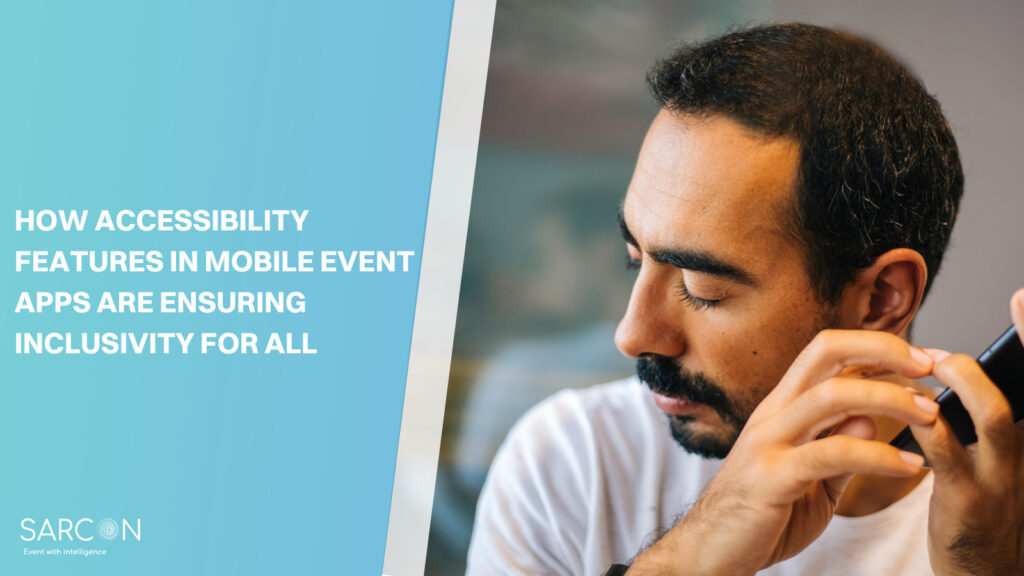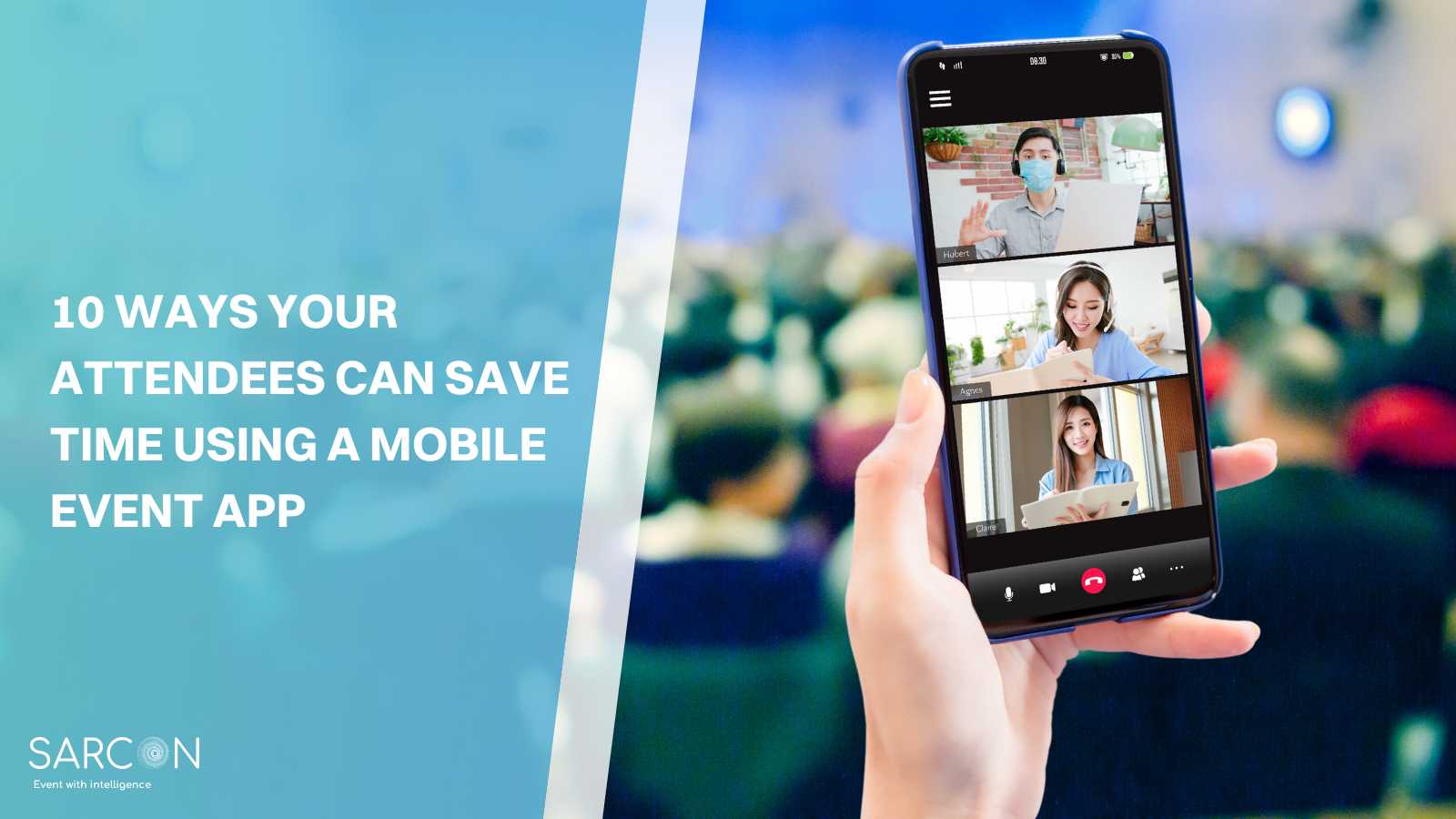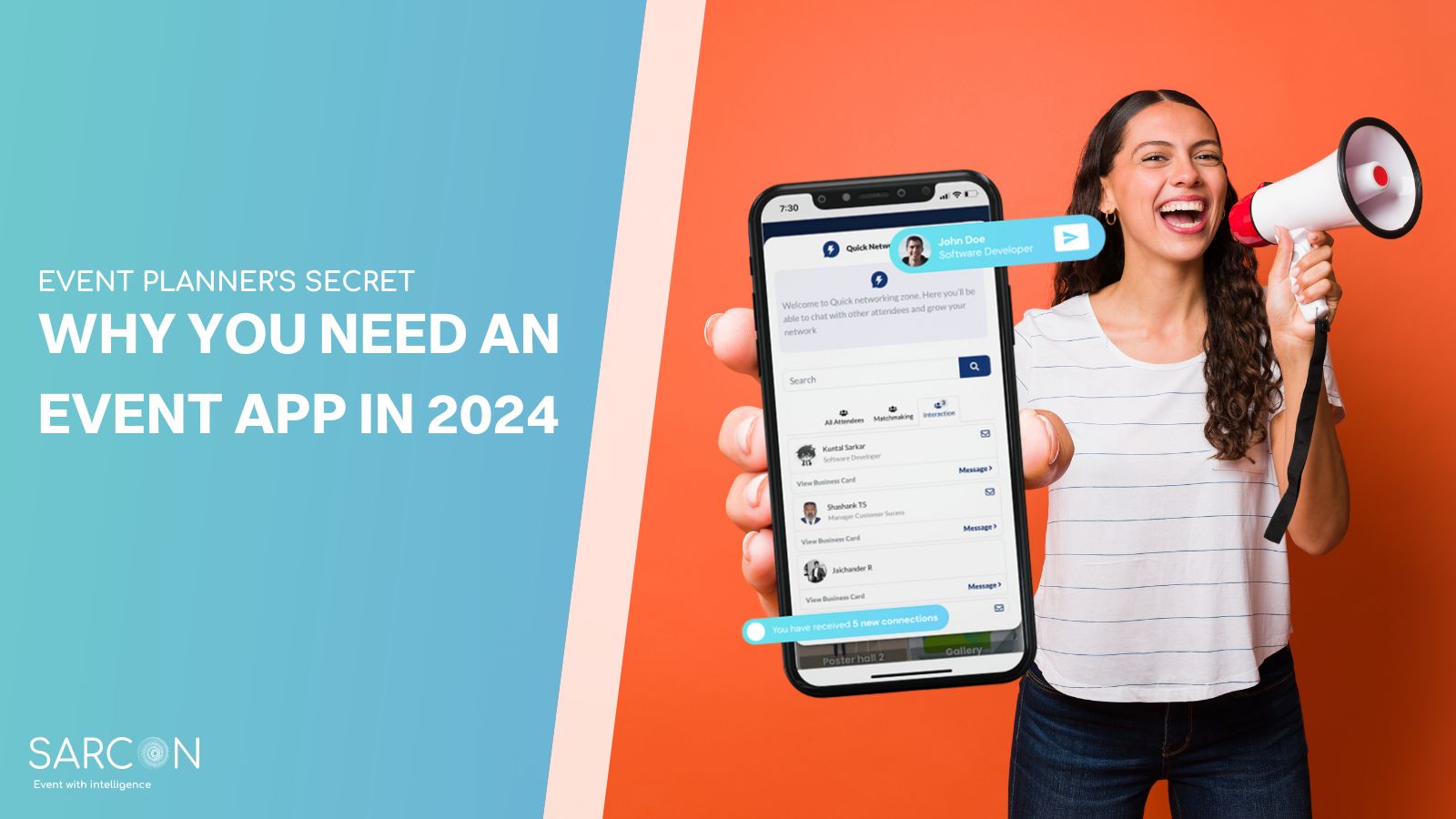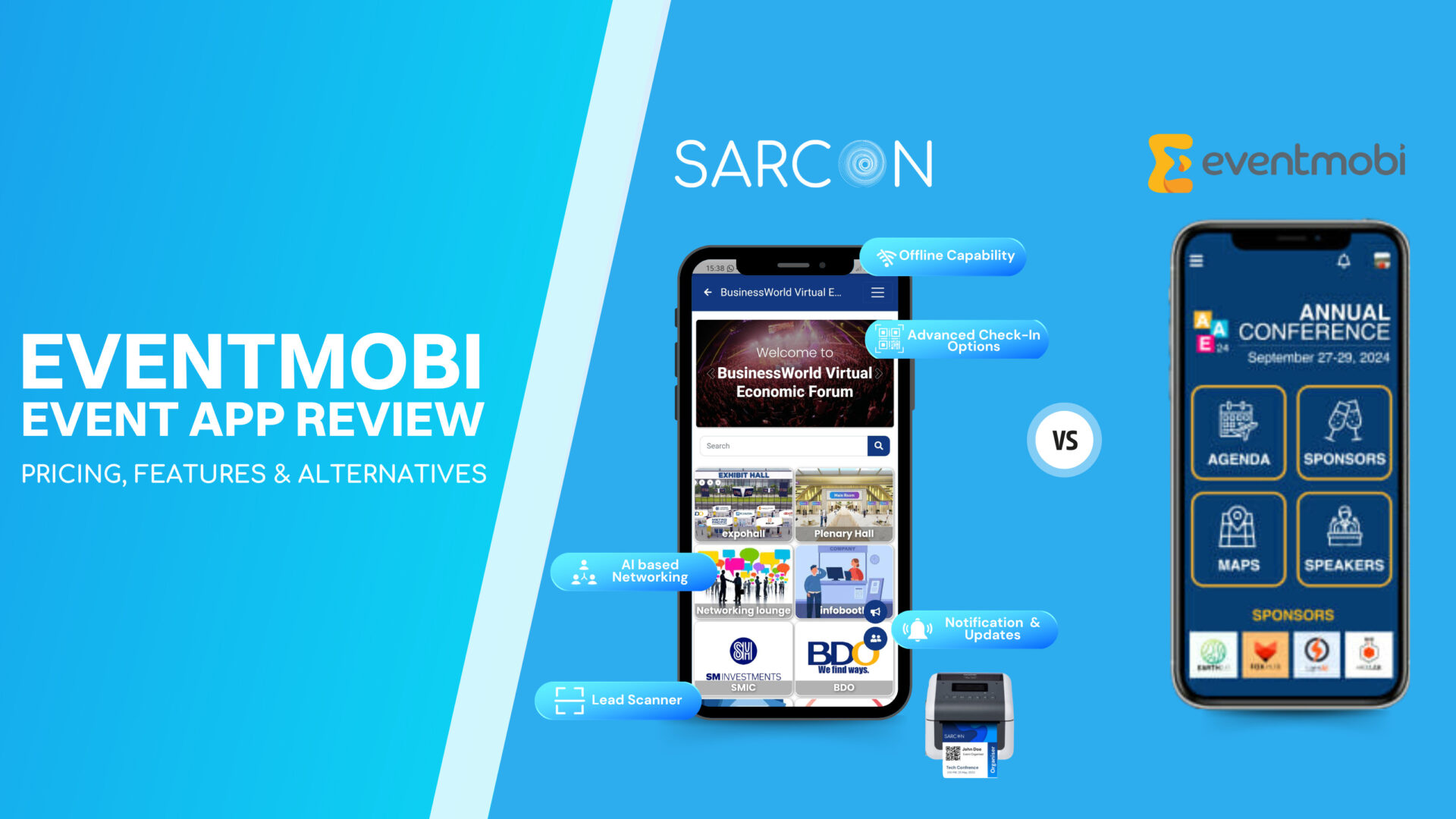Inclusivity in event planning has become a paramount consideration in recent years. Events are not just gatherings; they are experiences meant to be enjoyed by all participants. Ensuring that everyone, regardless of their abilities, can fully engage in these events is not just a moral obligation but also a practical one. Inclusivity enhances the overall experience, broadens the event’s reach, and demonstrates a commitment to diversity and accessibility.
Significance of mobile event apps
Mobile event apps have revolutionized the way we interact with events. They provide a one-stop solution for event-related information, schedules, networking, and more. The convenience and flexibility they offer make them a powerful tool for both event organizers and attendees. However, their power can only be fully harnessed when they are accessible to everyone.
Understanding Accessibility
Before delving into the features, it’s essential to understand what accessibility means in the context of mobile event apps. Accessibility, in this context, refers to the design and development of apps to make them usable and navigable by individuals with disabilities. These disabilities can encompass a wide range of conditions, such as visual, auditory, motor, or cognitive impairments. Ensuring accessibility is not only an ethical imperative but also a legal requirement in many regions.
Key Accessibility Features to consider
1. Screen Reader Compatibility:
- Implementing alt text for images: Alt text provides a text description for images, allowing screen reader users to understand the content of the image.
- Proper labeling of UI elements: All interactive elements such as buttons and links must have clear labels so that users can easily navigate the app.
2. High Contrast and Color Options:
- High contrast themes and customizable color schemes allow users to adjust the app’s appearance to suit their needs. This is particularly important for individuals with visual impairments.
3. Text-to-Speech Functionality:
- Text-to-speech functionality reads out text content, making it accessible to those who have difficulty reading, such as individuals with dyslexia or visual impairments.
4. Voice Commands and Gesture Navigation:
- Voice commands and gesture controls provide a hands-free and intuitive way for individuals with limited mobility to interact with the app. This feature ensures they can navigate the app with ease.
5. Adjustable Font Sizes and Styles:
- Allowing users to customize font sizes and styles caters to individual preferences and is especially beneficial for people with visual impairments or reading disabilities.
6. Closed Captioning for Multimedia Content:
- Closed captioning or transcripts for multimedia content ensure that individuals with hearing impairments can access the information presented in videos and audio.
7. Keyboard Navigation and Shortcuts:
-
- Keyboard navigation and shortcuts are critical for individuals who cannot use touchscreens effectively. These features enable them to navigate the app using a keyboard.
8. Multilingual Support:
-
- Multilingual support ensures that language is not a barrier to participation. Attendees from various linguistic backgrounds can access content in their preferred language.
9. Closed Captioning for Videos:
-
- Closed captioning is a crucial feature for making video content accessible to individuals with hearing impairments. It ensures that all attendees can enjoy video presentations and content.
10. Sign Language Interpretation:
-
- Providing sign language interpretation through video content or live interpretation sessions ensures that deaf and hard of hearing attendees can understand and engage with event content.
Testing and User Feedback
- The importance of usability testing: Usability testing involves having individuals with disabilities interact with the app. Their feedback is crucial in identifying issues and areas for improvement. This testing helps ensure that the app is genuinely accessible and usable.
- Involving users with disabilities: User involvement is key to understanding real-world challenges. Engaging users with disabilities in the development process ensures that their needs are considered and addressed. Their insights are invaluable.
- Iterative design and improvement: Usability testing should be an ongoing process, and the feedback received should inform iterative design and development. This continuous improvement cycle helps refine the app’s accessibility features.
Compliance with Standards and Regulations
- Overview of relevant accessibility standards (e.g., WCAG): The Web Content Accessibility Guidelines (WCAG) are a widely accepted framework for ensuring accessibility. Understanding these guidelines and how they apply to mobile event apps is critical.
- Legal requirements and consequences of non-compliance: Many countries have enacted laws that mandate digital accessibility. Non-compliance can result in legal consequences, including fines and lawsuits. Understanding and adhering to these laws is essential.
- The role of guidelines and best practices: Accessibility guidelines and best practices provide a roadmap for developers and designers. They offer practical recommendations for making mobile event apps more accessible and user-friendly.
Implementation Strategies
- Collaboration with developers and designers: Effective collaboration between developers and designers is essential. Designers should consider accessibility from the start, and developers should have the skills and knowledge to implement accessibility features.
- Prioritizing accessibility features in the development process: Accessibility should not be an afterthought. It should be a top priority from the outset of app development. This ensures that accessibility features are integrated seamlessly into the app.
- Providing training and awareness programs: Training and awareness programs can help the development team understand the importance of accessibility and equip them with the necessary skills and knowledge to implement it effectively.
- Third-party tools and integrations: Leveraging third-party tools and integrations can simplify the process of making an app accessible. These tools can offer ready-made solutions for common accessibility challenges.
Real-World Challenges
- Common obstacles in implementing accessibility features: Discuss challenges such as budget constraints, tight timelines, and a lack of awareness within the team that can hinder the implementation of accessibility features.
- Strategies to overcome budget and resource limitations: Explore strategies for overcoming budget constraints and resource limitations, such as advocating for accessibility, seeking grants, or using open-source resources.
- Balancing design aesthetics with accessibility: Address the challenge of maintaining the app’s visual appeal while ensuring accessibility. Striking this balance requires thoughtful design and a user-centric approach.
Conclusion
In the modern world, it’s essential to embrace inclusivity and accessibility in all aspects of life, including mobile event apps. Ensuring that these apps cater to individuals with disabilities not only complies with legal requirements but also creates a welcoming and diverse event environment. By incorporating accessibility features, event organizers can improve the overall experience, reach a broader audience, and enhance their reputation in the long run.
FAQs
How do accessibility features benefit event organizers?
Accessibility features not only ensure inclusivity but also expand the event’s reach, enhance the event’s reputation, and keep the organizers in compliance with legal requirements.
Can accessibility features improve attendee engagement?
Absolutely. When attendees know that an event is accessible and inclusive, they are more likely to participate and engage, fostering a sense of community and belonging.
Are there legal requirements for accessibility in mobile event apps?
Yes, many countries have legal requirements regarding digital accessibility, including mobile event apps. Ensuring compliance is essential to avoid legal issues and promote inclusivity.
Do accessibility features increase event attendance?
Yes, by making the event accessible to a wider audience, accessibility features can lead to increased attendance and revenue.



